Coleostephus myconis, commonly known as the sunshine daisy, stands out as a beacon of vibrant beauty and resilience. With its cheerful yellow blooms and delicate petals, this charming wildflower brightens meadows, fields, and gardens across its native European habitats.The Coleostephus myconis belongs to the Asteraceae family, which includes an array of flowering plants known for their diverse shapes and colors. Native to Southern Europe and parts of North Africa, this hardy perennial thrives in sunny, well-drained habitats such as grasslands, rocky slopes, and coastal cliffs. Its ability to adapt to various soil types and environmental conditions has made it a beloved fixture in gardens and landscapes worldwide.
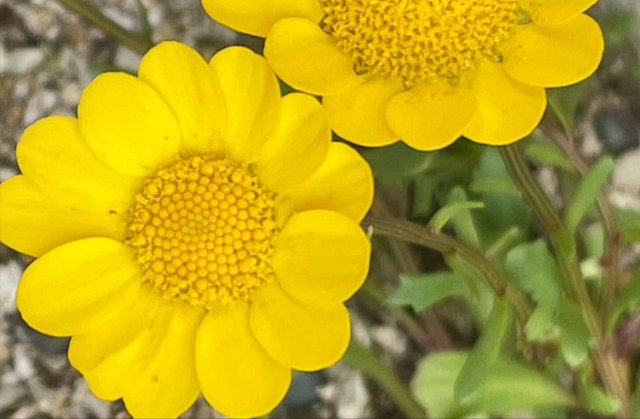
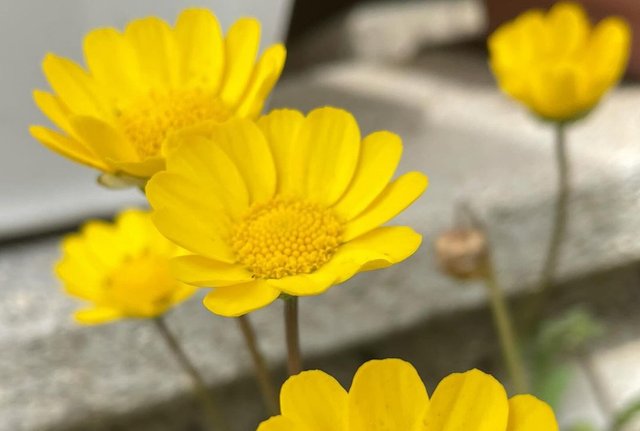
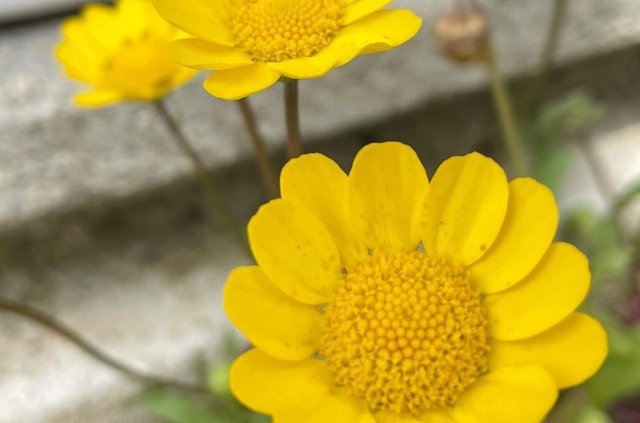
One of the most striking features of the Coleostephus myconis is its abundant clusters of bright yellow flowers, which resemble miniature suns scattered across the landscape. Each blossom boasts a central disc surrounded by numerous ray florets, creating a dainty, daisy-like appearance that evokes feelings of warmth and happiness. The petals are silky to the touch, with a delicate texture that adds to their visual appeal.
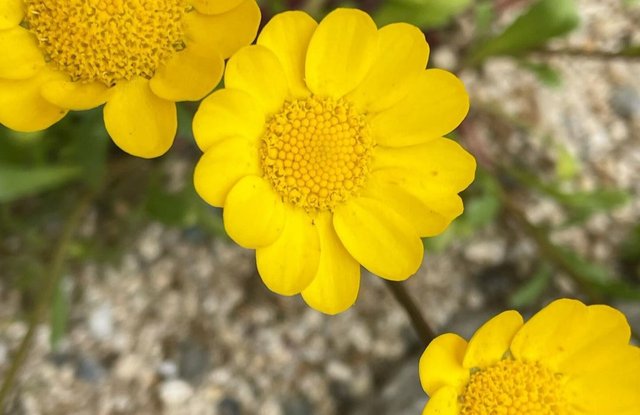
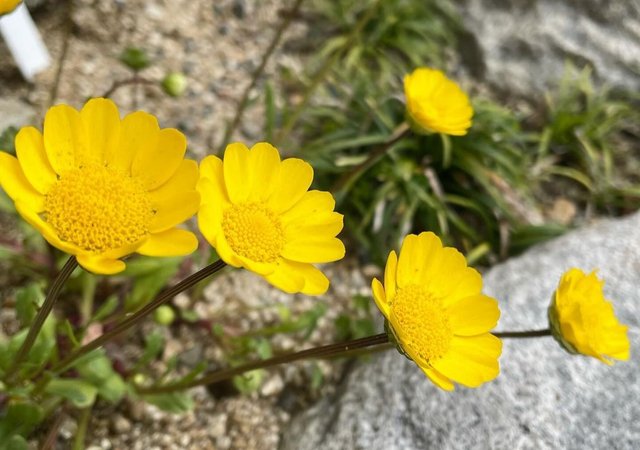
The sunshine daisy is a harbinger of spring and summer, bursting into bloom when the days grow longer and warmer. From late spring to early autumn, the plant is adorned with a profusion of flowers, attracting pollinators such as bees, butterflies, and hoverflies. The sight of a meadow carpeted in golden blooms is a testament to the Coleostephus myconis's enduring beauty and vitality.
You've got a free upvote from witness fuli.
Peace & Love!
Downvoting a post can decrease pending rewards and make it less visible. Common reasons:
Submit